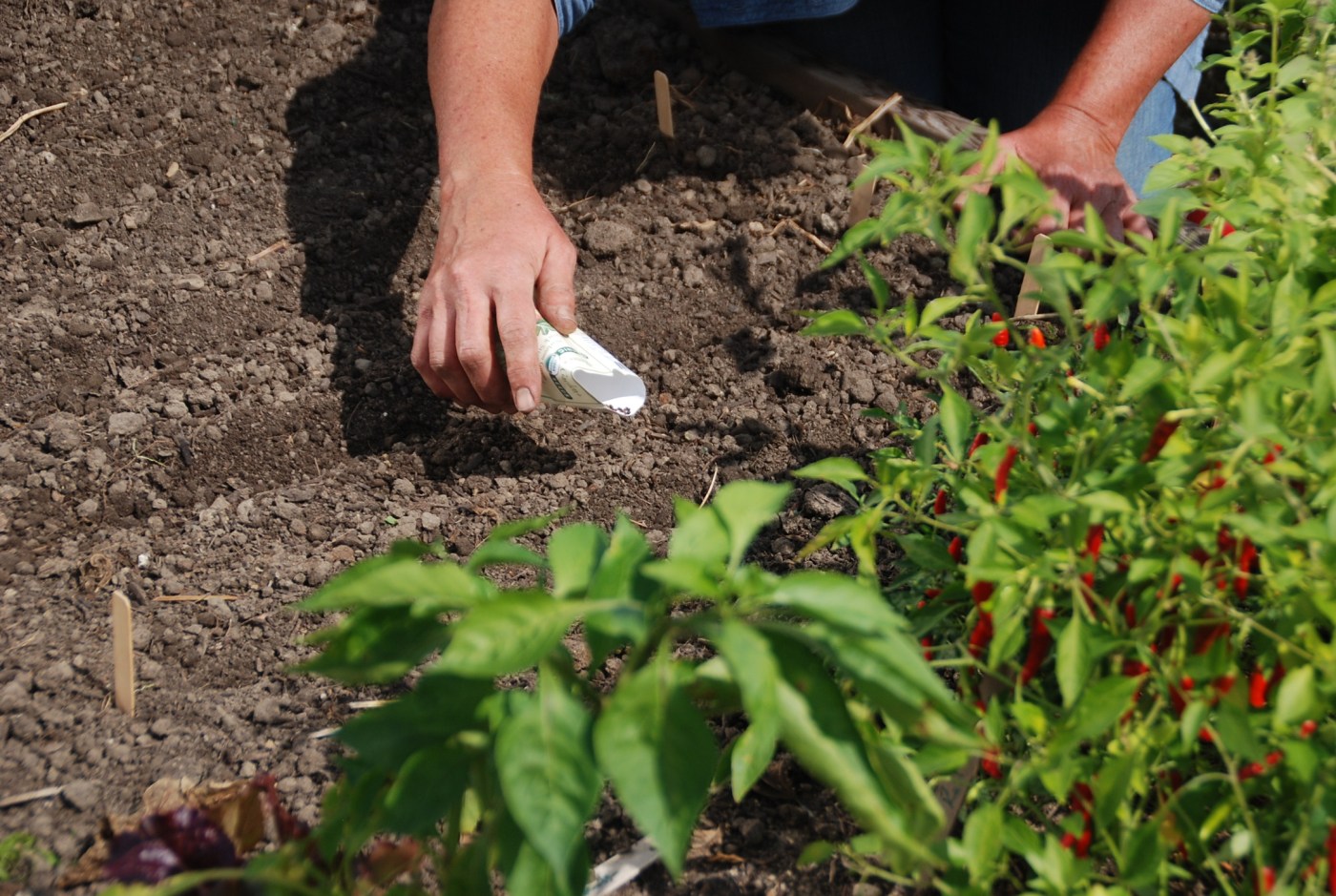Maximize every bit of garden area and containers through continuous planting. When you pick your initial crop of the season, think about planting a new vegetable that will grow and be ready for harvest before the end of the growing period.
Begin by determining the number of days without frost that are left in your growing season. Then check the plant labels and seed packages to find out how many days it takes from planting until harvest. Compare these numbers to see if you have enough time to replant one or perhaps even two fast-growing vegetables in that area.
Remember that cool-weather plants such as lettuce, spinach, and radishes achieve their best growth and flavor when cultivated and picked during the cooler periods of spring and autumn. Think about planting these fast-growing veggies as your final crop of the season.
Other vegetables, such as broccoli, collard greens, and kale, develop a better taste following a mild frost. Growing these crops to reach maturity in the fall is another method to prolong the harvest, ensuring optimal flavor and nutritional value.
Summer crops, such as beans and cucumbers, are ideal for planting during the warmer months. They thrive in conditions with both warm air and soil for optimal development and yield.
Here are some vegetables that could be beneficial to add to your staggered planting this summer. Leaf lettuce and spinach thrive in cooler conditions and can be harvested within 30 to 60 days, depending on the type. If you’re eager for growth before the temperature drops, consider heat-resistant greens such as Sandy and Red Sails lettuce. Additionally, while not actual spinach varieties, New Zealand and Malabar offer a comparable taste and are better suited for warmer climates.
Conclude the season by harvesting peas. Compact types, such as Patio Pride and Sugar Ann sugar snap peas along with Maestro and Laxton’s Progress #9 shelling peas, are ideal for pots and limited areas.
Root vegetables are excellent choices for sequential planting. Salad radishes can be harvested in 25 to 30 days, beets in 50 to 60 days, and carrots in 60 to 70 days.
Bush beans thrive in warm conditions and can be harvested between 50 to 80 days after planting. Mascotte compact snap beans are vigorous, small plants ideal for growing in containers and window boxes. You can begin picking them as early as 50 days.
Cucumbers and zucchini offer another choice for summer gardening. Vining types can be guided up a structure to conserve space or allowed to spread on the ground. Bush varieties are ideal for pots and limited areas. Refer to the seed packet for the number of days from planting until harvest.
Boost the health and efficiency of your second planting by preparing the soil prior to sowing seeds and transplanting. Incorporate one inch of high-quality compost into the top six inches of soil. This will enhance drainage in dense soils, boost water retention in sandy soils, and supply essential micronutrients that nourish the soil, promoting beneficial microorganisms.
After you have planted your seeds and seedlings, make sure to provide adequate water. Maintain a moist environment for the seedbed and the roots of the seedlings during the initial weeks. Slowly decrease the frequency of watering as the plants start to grow and the transplants become well-rooted.
You might need to modify your planting schedule according to the weather conditions. Unusually high or low temperatures can affect the time it takes for seeds to sprout, the timing of harvests, and the taste of the crops.
With some careful preparation, planting crops in stages, and consistent picking, you can savor fresh produce all through the growing period.
Melinda Myers has authored over 20 gardening publications, such as the Midwest Gardener’s Handbook, 2nd Edition and Small Space Gardening. She presents The Great Courses “How to Grow Anything” video series and the widely distributed Melinda’s Garden Moment radio show. Myers serves as a columnist and contributing editor for Birds & Blooms magazine, and her website iswww.MelindaMyers.com.







